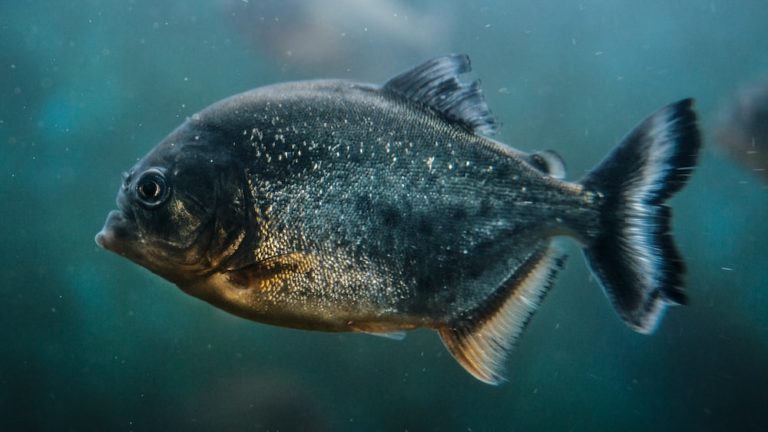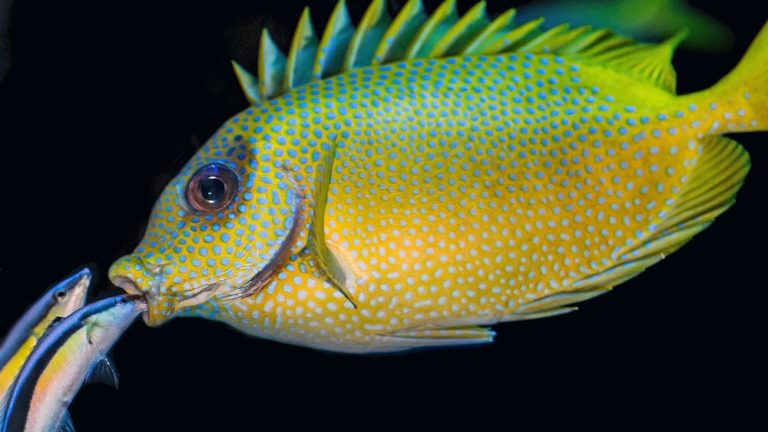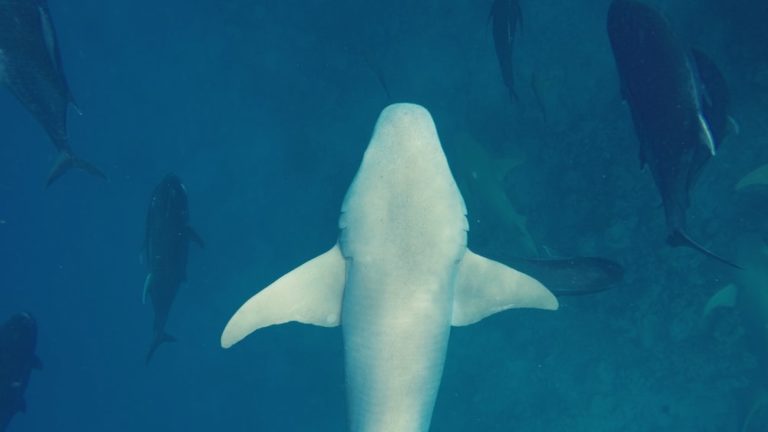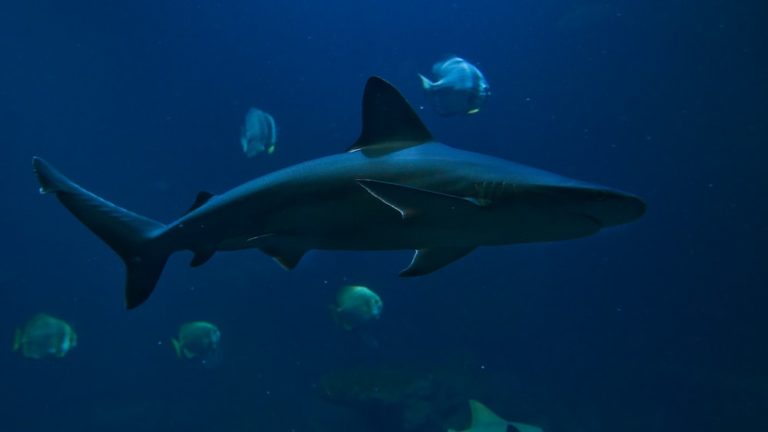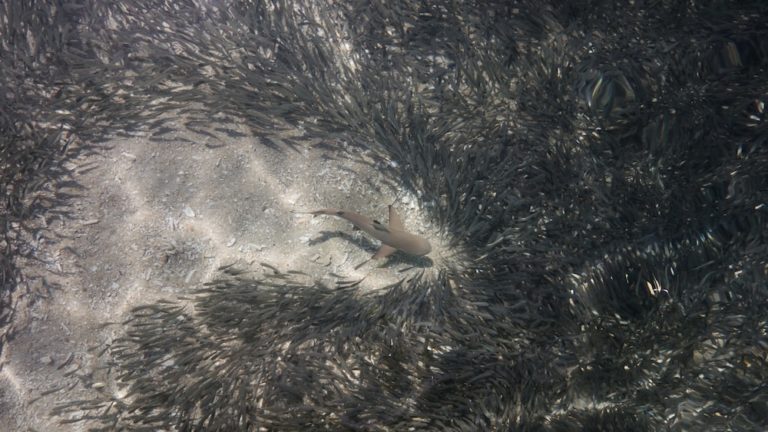What Do Squids Eat: Fish Predation
What Do Squids Eat: Fish Predation
Diving into the vast, cerulean abyss, one cannot help but marvel at the intricate dance of the marine life below. Amongst this underwater ballet, the squid, a creature shrouded in mystery and elegance, gracefully propels itself, perhaps in pursuit of its next meal.
Key Points:
- Squids are both predators and prey in the marine food web.
- There are over 300 species of squid, each with unique adaptations and survival skills.
- Squids eat a diverse diet, including zooplankton, fish, and other marine creatures.
- Juvenile squids start with tiny zooplankton and progress to larger prey as they mature.
- Squids have natural predators such as large fish, seabirds, and marine mammals.
- Squids have defense mechanisms including ink clouds and bioluminescent displays to evade predators.
For those with a fondness for marine life, particularly the enigmatic world of cephalopods, the quest to unravel the dietary preferences of these beings is as alluring as the deep blue itself. It begs the question: do squids eat fish, and if so, what does this predation look like within the grand tapestry of the oceanic food chain?
In this nautical narrative, we will navigate through the murky waters of misinformation to discover the truth about the squid’s role as both predator and prey. Let’s embark on this educational expedition to peel back the layers of the squid’s underwater world.
The Squid’s Place in the Marine Food Web
The marine food web is a complex matrix of energy transfer, with each organism playing a crucial role in sustaining the ecosystem balance. The squid, with its tentacles spread wide, occupies a pivotal position within this web – it is both hunted and hunter, predator and prey.
Squid Species Overview
- In the kingdom of the deep, over 300 species of squid paint a picture of diversity beneath the waves.
- Ranging from the sprightly bobtail squid to the colossal magnificence of the giant squid, each species is a treasure trove of adaptation and survival skill.
The diversity of squid species in the deep ocean showcases remarkable adaptation and survival skills.
The Role of Squid in Oceanic Ecosystems
- The squid is not just an isolated mariner on the high seas of the food web. It often serves as a linchpin species, bolstering the health of oceanic ecosystems around the globe.
- By consuming vast quantities of prey and in turn being a source of sustenance for numerous predators, the squid is a vital connector in the intricate network of marine life.
The Dietary Habits of Squids
Venturing into the dietary depths of squids, one discovers a palette as rich and varied as the oceans themselves.
What Constitutes a Squid’s Diet?
- Culled from the ocean’s pantry, squids exhibit gastronomic tastes that resonate with the diversity of their habitats.
- From tiny zooplankton to sizable fish, their menu is one of opportunity and adaptation.
- Stealth and speed are the hallmarks of the squid when it comes to dining.
- Through twilight zones and in the disguise of night, squids patrol the waters in search of a nourishing feast.
The Hunting Techniques of Squids
- With a dash of cunning and a pinch of surprise, squids employ a range of techniques to secure their prey.
- Camouflage and quick propulsion arm these cephalopods with the necessary tools for underwater pursuit.
Fish as a Primary Food Source for Squids
In the grand seafood buffet of the briny deep, fish often top the menu for our cephalopod connoisseurs.
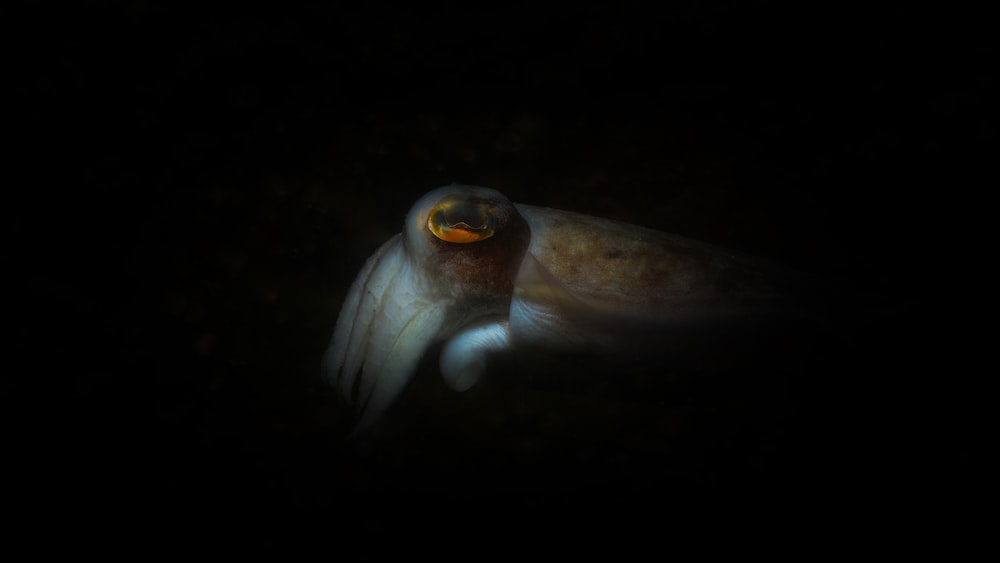
Types of Fish Eaten by Different Squid Species
- Some species have developed a taste for smaller prey, nibbling on the likes of lanternfish or even the occasional shrimp.
- Others, such as the formidable Humboldt squid, engage in epic battles with more substantial fish, rendering the concept of do squids eat fish not only a reality but a spectacle of the natural world.
- Regardless of size or species, our tentacled chef de la mer exercises keen discernment in its gastronomic selections.
- Fine dining, indeed, is a pursuit that garners the squid as much respect as fear in the aqueous realm they inhabit.
The Humboldt squid engages in epic battles with substantial fish, earning respect and fear in the aqueous realm.
The Impact of Squid Predation on Fish Populations
- As quintessential predators, squids play a significant role in controlling the fish population, ensuring a balanced marine ecosystem.
- However, the equilibrium between squid and their aquatic quarry is a delicate ballet, one that researchers continue to observe and understand.
The Feeding Mechanisms of Squids
Navigating through the multifaceted methods squids utilize for feeding offers insight into their success as adaptable predators.
How Squids Capture and Consume Their Prey
- The squid’s feeding process is one of cunning dexterity, with tentacles acting as nimble fishermen, drawing the unsuspecting fish to a beak-like mouth.
- Once seized, the prey is secured by the squid’s writhing limbs, and swiftly brought to its demise.
The squid’s feeding process is a display of cunning dexterity and swift capture, using its tentacles to draw unsuspecting fish to its beak-like mouth.
Adaptations for Feeding in the Depths
- Descending deeper, the squid must adapt to pitch-black conditions and intensified pressure. Here, their bioluminescence comes in handy, luring prey with a glow in the dark guise.
- With a body evolutionarily designed to withstand the crushing depths, they employ a wait-and-ambush strategy, conserving energy until the right moment strikes.
- Beyond the reach of sunlight, adaptation is not just beneficial; it is critical for survival. Squids exemplify this with their physiological transformations such as enhanced pressure tolerances and modified digestive mechanisms.
- These innovations of nature enable the squid to thrive where less-equipped creatures may falter.
Squid Predation Across Different Life Stages
The life of a squid is an enthralling journey from tiny hatchlings to often tenacious predators of the sea. During their growth, squids undergo remarkable transformations, not least in their dietary habits. Predation strategies and prey preferences evolve as squids navigate through the various chapters of their lifecycle, revealing much about the adaptability of these extraordinary cephalopods within the marine food chain.
What Juvenile Squids Eat
In the earliest stages of life, juvenile squids, or paralarvae, tend to snack on the ocean’s equivalent of fairy dust – tiny zooplankton floating in the sea’s embrace. Their menu features a variety of micronutrients, including smaller diatoms and copepods. These morsels are vital for their growth, packed with energy yet soft enough for their developing beaks.
As they grow, these young cephalopods start exploring more sizable options, advancing to amphipods and larval fish. The shift is subtle, but crucial; it marks the transition from passive floating to active predation – a significant step in their maturation process.
Dietary Changes as Squids Mature
Maturity brings boldness into the squid’s dietary choices. Growing larger, they venture to take on more formidable prey such as shrimp, crabs, and yes, fellow marine residents – fish. It’s not unusual for an adolescent squid to enact its version of David versus Goliath, tackling prey almost its own size.
With the advantages of increased size and propulsion, mature squids display impressive predatory tactics. They move from consumers of opportunity to strategic hunters, often becoming apex predators within their niche, with some species featuring the title of ‘giant squid’ leading the march in the ocean’s depths with sheer size as their ally.
Mature squids transition from opportunistic consumers to strategic hunters, often becoming apex predators within their niche.
Predators of the Squid
No tale of predation is one-sided, and in the vast expanses of the ocean, squids encounter their fair share of threats. Predators lurk in the maritime shadows, turning the hunter into the hunted in a relentless cycle of life. The squid’s existence is a delicate balance within the food chain, a reminder of the never-ending dance of predator and prey beneath the waves.
Natural Threats to Squids in the Ocean
Diverse marine creatures see squids as a preferred delicacy, with the list of predators reading like a who’s who of the ocean. Large fish, seabirds, and marine mammals, especially toothed whales like dolphins and orcas, enthusiastically partake in the pursuit of these soft-bodied cephalopods.
The giant squid has earned itself mythical status, not only for its enormous size but also for its legendary run-ins with the infamous sperm whale. The colossal battles that ensue deep in the ocean’s abyss are a testament to the squid’s place near the top of the food chain, albeit not without its enemies. For smaller squids, seals and seabirds provide ample threat from above and below the ocean’s surface, ready to snatch an unwary individual.
Squid Defense Mechanisms Against Predators
When the chips are down, squids are not merely passive preys. They have a bag of tricks up their tentacles for such tight spots. Ink clouds create a smoke-screen effect, allowing a rapid escape, while some species can perform bioluminescent displays to confuse or startle predators for a moment’s advantage.
Moreover, squids can jet propel through water at remarkable speeds, making them elusive targets. They’re the Houdinis of the deep, capable of vanishing from the clutches of danger with a swish of their mantle. This combination of guile and raw speed is often enough to see another day under the waves.
FAQs
1. What size fish do squids typically prey on?
Squids typically prey on fish that are small to medium in size, relative to the squid’s own size. While juvenile squids go after tiny fish or fish larvae, the adults can tackle significantly larger prey, demonstrating the predatory versatility of these marvelous cephalopods.
2. How often do squids need to eat?
How often squids need to eat is largely contingent upon their species, size, and stage of life. Generally, squids eat frequently due to their fast metabolism – some requiring meals several times a day to sustain their energetic lifestyle and growth.
3. Are there any fish species that prey on squids?
There are indeed fish species that prey on squids, turning the tables on an otherwise formidable predator. Examples include larger fish like tuna and swordfish, that can make quick work of an unwary squid in the endless oceanic hunt.
4. Can squids and their prey coexist in aquarium settings?
Squids and their prey can coexist in aquarium settings under careful management, replicating the delicate balance found in their natural habitats. However, this requires meticulous planning and monitoring to ensure the well-being of all inhabitants, maintaining a semblance of the ocean’s intricate ecosystems.
Conclusion
We’ve ventured together through the depths, unraveling the intriguing buffet that sustains our cephalopod companions. Whether they’re playing the role of predator or prey, squids exhibit a remarkable adaptability in their feeding practices, which has surely played a role in their evolutionary success.
At each life stage, their eating habits reflect an intricate tie with the marine ecosystems, establishing them as key players in the ocean’s complex food chain. It’s fascinating to consider how much influence these creatures have – whether as consumers or as the consumed. Indeed, do squids eat fish? Unequivocally, they do, and they shape entire fish communities in the process.
Finally, I sign off with this gentle ripple of a thought to ponder: as we gaze upon the seemingly boundless ocean, let us recognize our place in this grand tapestry of life, woven with creatures like squids, who remind us of life’s resilience and interconnectedness. Farewell, fellow explorers, and keep your fins wet and your curiosity undimmed.
With briny regards,
Jasper Flynn.


